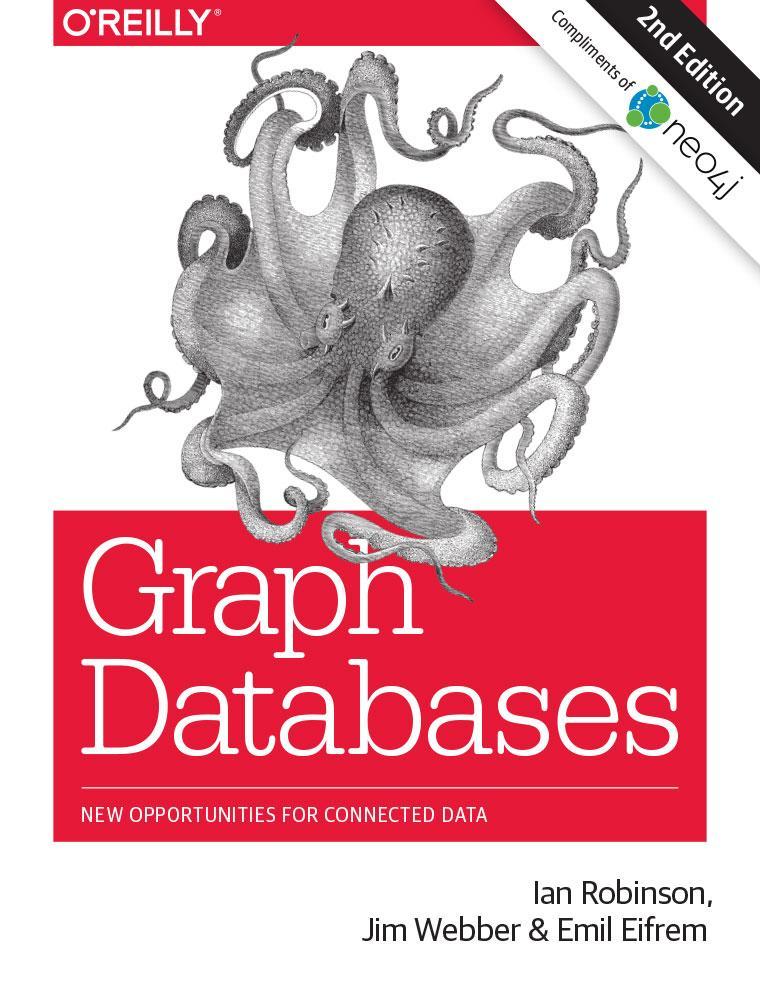Download the FREE Book!

O'Reilly Graph Databases
The Definitive Book of Graph Databases.
Download your FREE copy
Welcome to the graph, your email has been added. Please use the following links to access your free copy:
- O’Reilly Graph Databases (PDF)
- .epub (Android, iBooks – iPhone, iPad)
- .mobi (Kindle)
Discover how graph databases can help you manage and query highly connected data.
With this practical book, you’ll learn how to design and implement a graph database that brings the power of graphs to bear on a broad range of problem domains. Whether you want to speed up your response to user queries or build a database that can adapt as your business evolves, this book shows you how to apply the schema-free graph model to real-world problems.
This second edition includes new code samples and diagrams, using the latest Neo4j syntax, as well as information on new functionality. Learn how different organizations are using graph databases to outperform their competitors. With this book’s data modeling, query, and code examples, you’ll quickly be able to implement your own solution.
Graph Databases is written by Ian Robinson, Jim Webber, and Emil Eifrém, graph experts and enthusiasts at Neo4j, Inc., creators of Neo4j, the world’s leading graph database.
Table of Contents
-
1. Introduction
What is a Graph?
A High-Level View of the Graph Space
The Power of Graph Databases
-
2. Options for Storing Connected Data
Relational Databases Lack Relationships
NOSQL Databases Also Lack Relationships
Graph Databases Embrace Relationships
-
3. Data Modeling with Graphs
Models and Graphs
The Property Graph Model
Querying Graph: Introduction to Cypher
Comparison of Relational and Graph Modeling
Cross-Domain Models
Common Modeling Pitfalls
Avoiding Anti-Patterns
-
4. Building a Graph Database Application
Data Modeling
Application Architecture
Testing
Capacity Planning
-
5. Graphs in the Real World
Why Organizations Choose Graph Databases
Common Use Cases
Real-World Examples
-
6. Graph Database Internals
Native Graph Processing
Native Graph Storage
Programmatic APIs
Nonfunctional Characteristics
-
7. Predictive Analysis with Graph Theory
Depth- and Breadth- First Search
Path-Finding with Dijkstra’s Algorithm
The A* Algorithm
Graph Theory and Predictive Modeling
Local Bridges
This official released version of Graph Databases, published by O’Reilly Media, is compliments of Neo4j.
